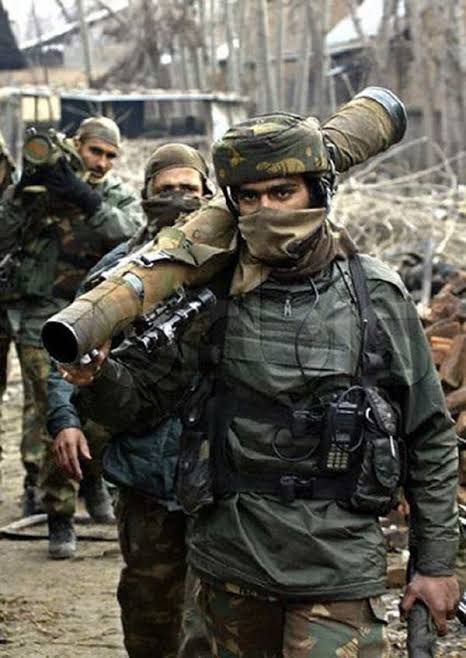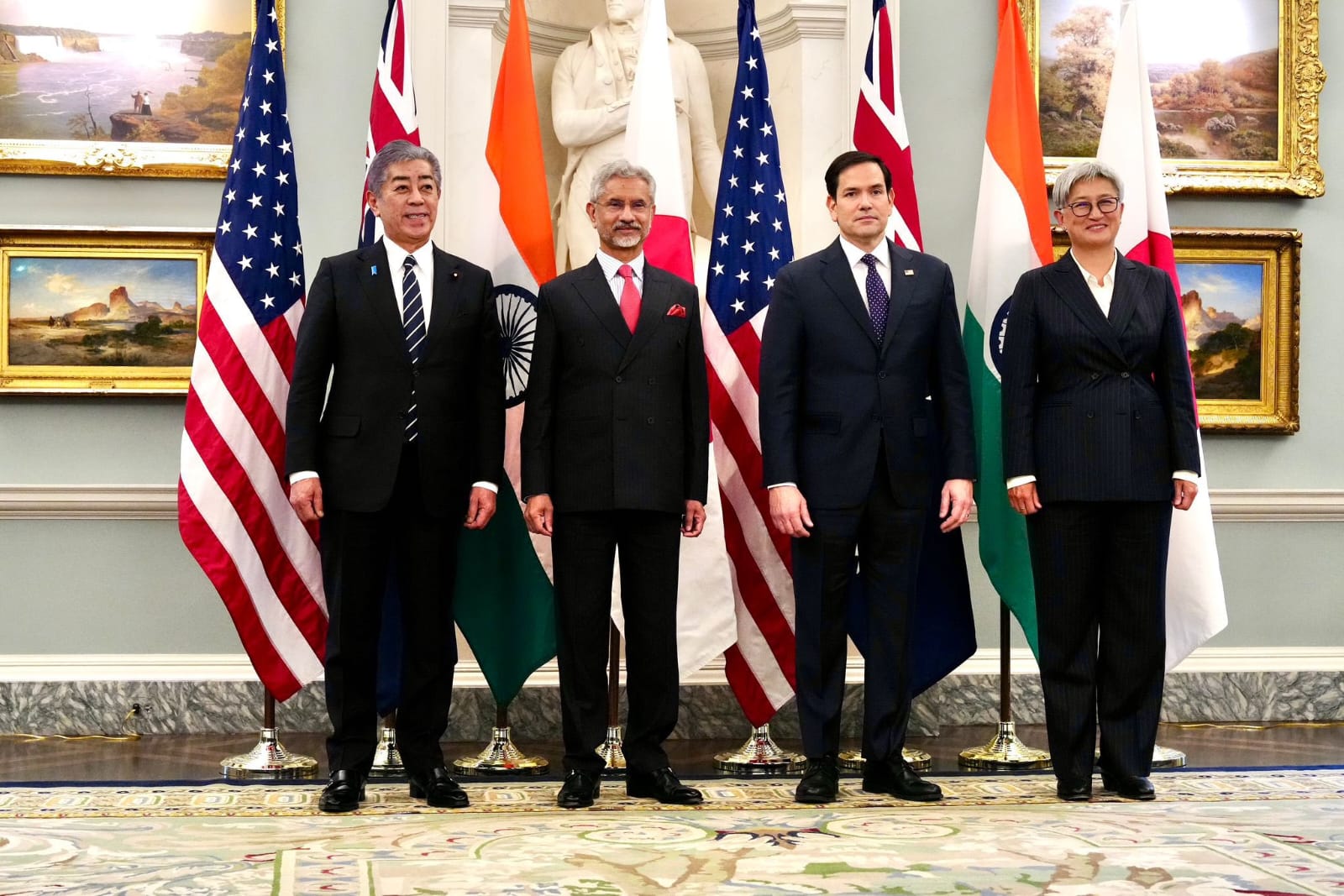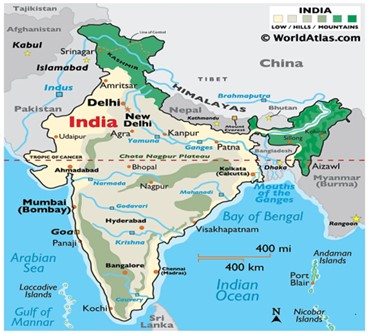
TEN POINTS FOR SECURING J&K IN THE RUN UP TO THE ASSEMBLY ELECTIONS
 Mon, 17 Jun 2024
| Reading Time: 5 minutes
Mon, 17 Jun 2024
| Reading Time: 5 minutes

Much has been analysed and written on why the recent near coordinated terror attacks in the Jammu region were executed with Pakistan sponsorship. The broad understanding reflects that they were designed to communicate Pakistan’s perceived relevance of its narratives in J&K. This is particularly in light of the successful democratic exercise in the form of the Indian general elections to the Lok Sabha, results of which were declared on 4 Jun 2024. The recent meeting chaired by Home Minister Amit Shah took stock of the situation after the elections and reviewed the terror strikes in Jammu division. Coming on the back of the Prime Minister’s meeting on J&K which empowered the security establishment to employ full spectrum capability to negate terrorist activity, the Home Minister correctly desired zero tolerance for terrorism in Jammu region and the creation of a situation akin to Kashmir where anti- India sentiment and terror have both been drastically reduced.
How should the execution of the Home Minister’s intent be conceptualised? I examine here ten suggestions all of which fall short of any punitive action against Pakistan. The bottom line for these ten points is the unsaid message of the Central Government that the ‘nature, time and place of response’ against Pakistan remains reserved and will be decided by the Indian Government, as and when necessary and for effect. Rightly so, knee jerk responses are unlikely to achieve the strategic messaging we desire but readiness to respond will remain uppermost in priority. This priority is to ensure that our security readiness is top class, to cater for the small strength of terrorists who appear motivated, well equipped and well led. The latter in all probability, by a few Pakistan Army personnel. The issues which I have identified are discussed below.
First, the counter terrorism (CT) grid in the Jammu division will have to be reinforced to have more balance and optimum strength. Many years ago, we had there the presence of some of the Army’s reserve formations but after 2008 these were sent back once the situation in Jammu division improved in a marked way. Uniform Force of the Rashtriya Rifles (RR) which was stationed at Reasi, was sent to Ladakh in the wake of China’s threats in 2020. In recent months additional units have been inducted in lieu. We could chance with reinforcement with an odd sector of the Assam Rifles whose record in J&K remains unblemished. However, with Manipur and Nagaland both tense there may be some hesitation to move more of its resources. I do not recommend moving out RR units from the Kashmir Valley because it’s the permanent grid which ensures stability of the environment there. The need for more police resources should be quickly reviewed.
Second, is the dire need for intelligence. Voice and location intercepts have resulted in spoofed ones in recent times; so much of the electronic intelligence is unreliable. Human intelligence (humint) was the force multiplier in Kashmir. There should be no hesitation towards using finances effectively to generate more of it. When situations improve, as it has in Kashmir there is a tendency to be niggardly in this domain. Intelligence does not come cheap, and the nation has enough to ensure constant flow of actionable intelligence.
Third, infiltration in the Valley sector having been controlled by a strong and layered counter infiltration grid in depth, it is almost impossible to execute a strike by trained elements from across the LoC after infiltrating because targets of substance exist far in the hinterland. A similar status needs to be achieved in Jammu division, although the short distance from the border to potential targets, such as Hindu villages, is comparatively much less. Infiltration from across the International Border or IB sector in particular, must be addressed, even if some Army units have to be moved temporarily into depth locations in the second tier of counter infiltration. This was effectively done in Punjab in 1990-91. Use of drones for surveillance and very active and aggressive patrolling can neutralize the choice of routes that the terrorists seem to have.
Fourth, it’s a strong belief that most solutions here lie in the activities of the past. In CI/CT environment there is a tendency for some past patterns and terror tactics re-emerging. Institutional knowledge of our past tactics is needed for some revisits too. In 1999 a division of reserve troops stayed back in Kashmir after the Sri Amarnathji Yatra (SANJY) which had to be doubly secured then. Its subsequent employment was in search and destroy operations (SADO) in the jungles of Rafiabad and Rajwar. This produced no kills but destroyed numerous hideouts and sustenance resources. That winter the terrorists were forced into the villages of the Valley floor and the RR’s Victor Force had a field day neutralizing them. We therefore need sustained SADO in the form of prophylactic operations in selected areas of the Pir Panjal. Troops are required for that.
Fifth is an issue connected to the fourth, above. The control over sustenance resources, to prevent them being stocked, will ensure that the terrorist groups in the mountainous terrain are forced to depend on movement to the villages below for their survival.
Sixth, over ground workers (OGWs), the unrealized support system exists everywhere; they need intelligent targeting. For a financial price, many who seem nationalists, could be diverted from their loyalties. The guides and reception experts for infiltrators in the LoC areas in Kashmir are usually OGWs. The neutralization of their network by the intelligence agencies has contributed much to Kashmir’s peace.
Seven, if we have the assembly polls in mind, just three months away, then we need to analyse what opportunities exist for the planners on the other side of the LoC. SANJY comes immediately to mind; it’s an iconic event with opportunities galore for the adversary. The Yatra needs deep security from all directions and not just the pilgrim routes from the road heads. A review of 1999 conditions will reveal exactly what is needed. That was the year when the Yatra was under maximum threat, even as Kargil played out.
Eight, the Jammu region is well known for the Village Defence Committees (VDCs) which were set up in the Nineties to secure the Kishtwar, Udhampur, Doda and Reasi belt. These ensured that the vast stretches in the mountains were patrolled, and the villages kept safe from the marauding terrorists. It allowed the Army to focus itself on the Kashmir region which had a more serious threat. A repetition of that too is needed, along with requisite training.
Nine, Operation Sadbhavana, the Army’s highly successful outreach and military civic action program which was undertaken with equal gusto by both 15 and 16 Corps needs reinforcement. In Kashmir it has reportedly received great support and the results have been impressive in terms of youth turnaround. Many government agencies have joined into this to give an ‘all of government approach colour’. There is no doubt that 16 Corps has done as much if not more. The success here also needs to be put out for public knowledge to allow people to be enthused and motivated. All segments of population need to be addressed in the remote areas of the Jammu division to dissuade any OGW activity.
Tenth and final issue. Something needs to be done about the boundaries of formations and Commands. I need not detail this; it’s well understood in the military hierarchy. It was fine as long as the south of Pir Panjal was mostly in receding mode of terrorism, but the zone has had its share of turbulent moments. Jammu itself has been struck once too often. It’s worth debating separate boundaries for conventional and CI/CT operations.
Pakistan may remember that the ceasefire exists and it’s good for the border population, in terms of resource depletion in an underperforming economy and avoidance of possible triggers. However, the next effect of any action that lowers the threshold of tolerance of the Indian leadership is going to be the ceasefire. Pakistan has its internal security to cater to and also focus much on the new Afghan threats on its western borders. It should avoid anything which will upset its entire security balance with an active eastern border. Gen Asim Munir should think deeply with his Nine Corps Commanders.
Disclaimer
The opinions expressed in this article are the author’s own and do not reflect the views of Chanakya Forum. All information provided in this article including timeliness, completeness, accuracy, suitability or validity of information referenced therein, is the sole responsibility of the author. www.chanakyaforum.com does not assume any responsibility for the same.
Chanakya Forum is now on . Click here to join our channel (@ChanakyaForum) and stay updated with the latest headlines and articles.
Important
We work round the clock to bring you the finest articles and updates from around the world. There is a team that works tirelessly to ensure that you have a seamless reading experience. But all this costs money. Please support us so that we keep doing what we do best. Happy Reading
Support Us















POST COMMENTS (0)